In 1925, William B. Gibbs Jr. — a civil rights activist, educator, and community leader — began teaching in Maryland. Five years later, Gibbs became acting principal and teacher at the (Rosenwald) Rockville, Montgomery County, Maryland, Colored Elementary School.
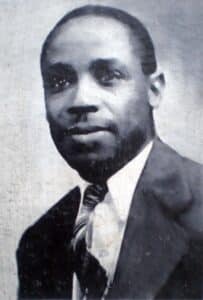 In 1936, in an attempt to gain pay equity for Black teachers, Gibbs became the lead plaintiff in the NAACP’s case for pay equity in Montgomery County, a case known as Gibbs v. Broome. A young NAACP attorney, Thurgood Marshall, served as the lead attorney in the case.
In 1936, in an attempt to gain pay equity for Black teachers, Gibbs became the lead plaintiff in the NAACP’s case for pay equity in Montgomery County, a case known as Gibbs v. Broome. A young NAACP attorney, Thurgood Marshall, served as the lead attorney in the case.
According to Black Then,
Dr. Edwin Broome, School Superintendent, settled the Gibbs v. Board of Education case out of court on December 8, 1936. For the next year, black teachers would receive “50% of the difference between what salary they now receive and the salary provided for under the schedule for white teachers.” Beginning in August 1938, the MCPS teacher salary schedule would make no distinction by race, creed, or color.
Although this was a victory for county teachers, the out-of-court settlement set no legal precedent, and it took several more years to achieve state-wide equal salaries for teachers. Gibbs lost his job, ostensibly because of certification problems; but the Teachers Association, anticipating this response, had set up a fund to assist him.
He moved out of the state and continued teaching. Continue reading.
The following year, in Calvert County, Maryland, Harriet Elizabeth Brown worked with Marshall and the NAACP to secure pay equity for Black teachers there, and helped pave the way for the Maryland Teachers Pay Equalization Law.
Additional Resources
Brown v. Board – Gibbs v. Board of Education (Montgomery History)
Gibbs v. Broome Rockville, Maryland Historical Markers (Waymarking)
William B. Gibbs Jr. (BlackPast)


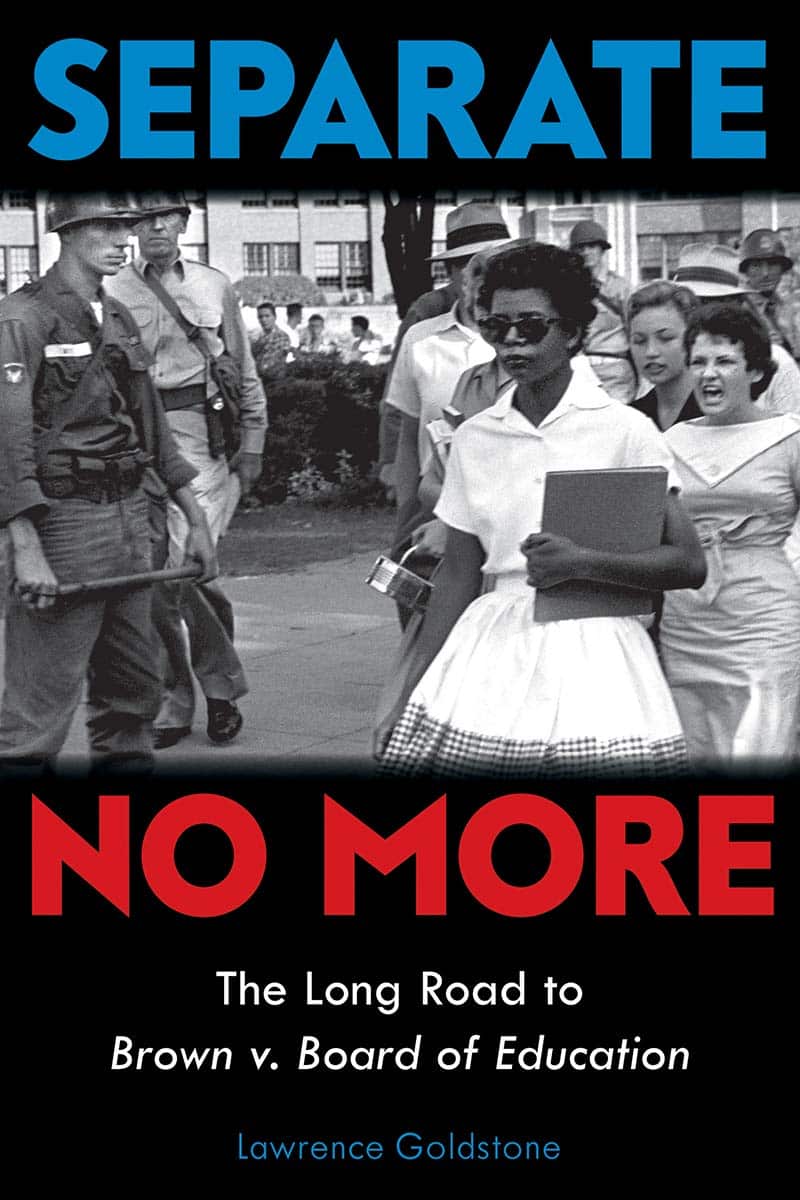
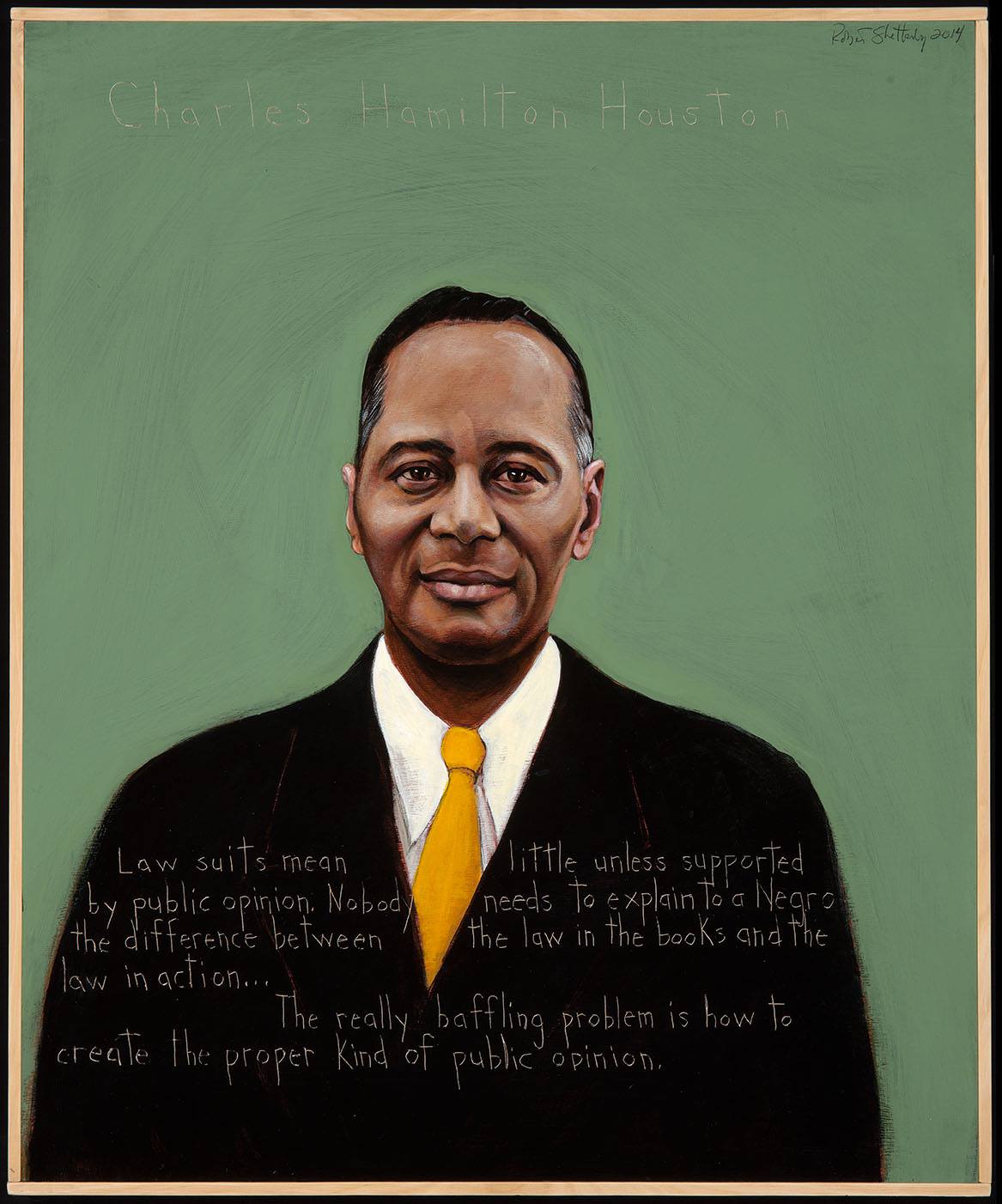
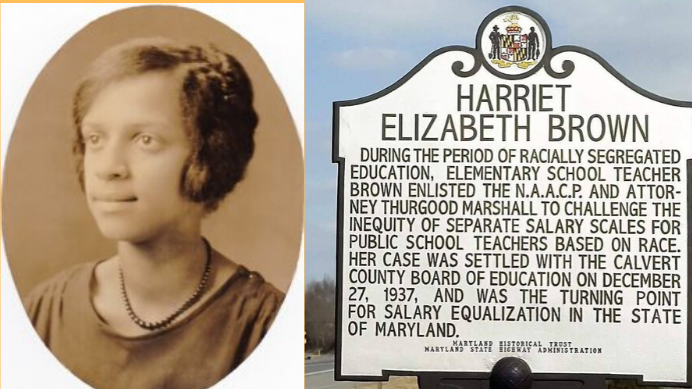
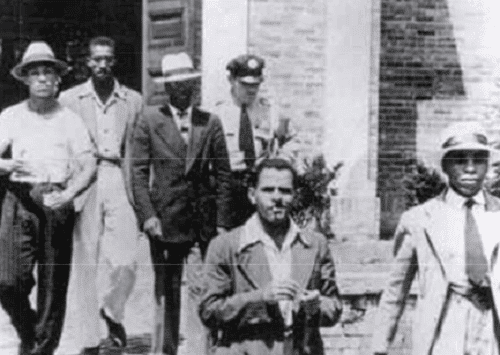
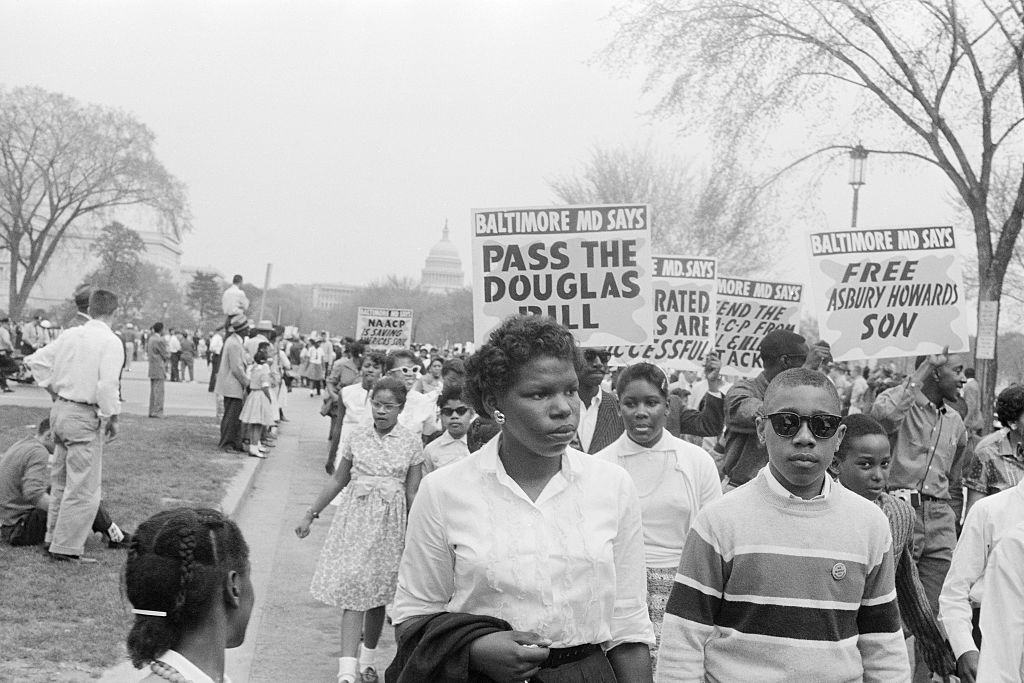
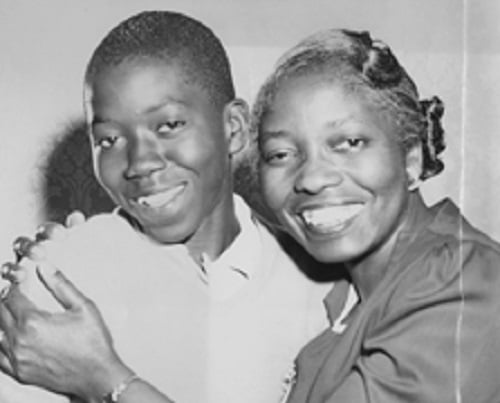





Twitter
Google plus
LinkedIn